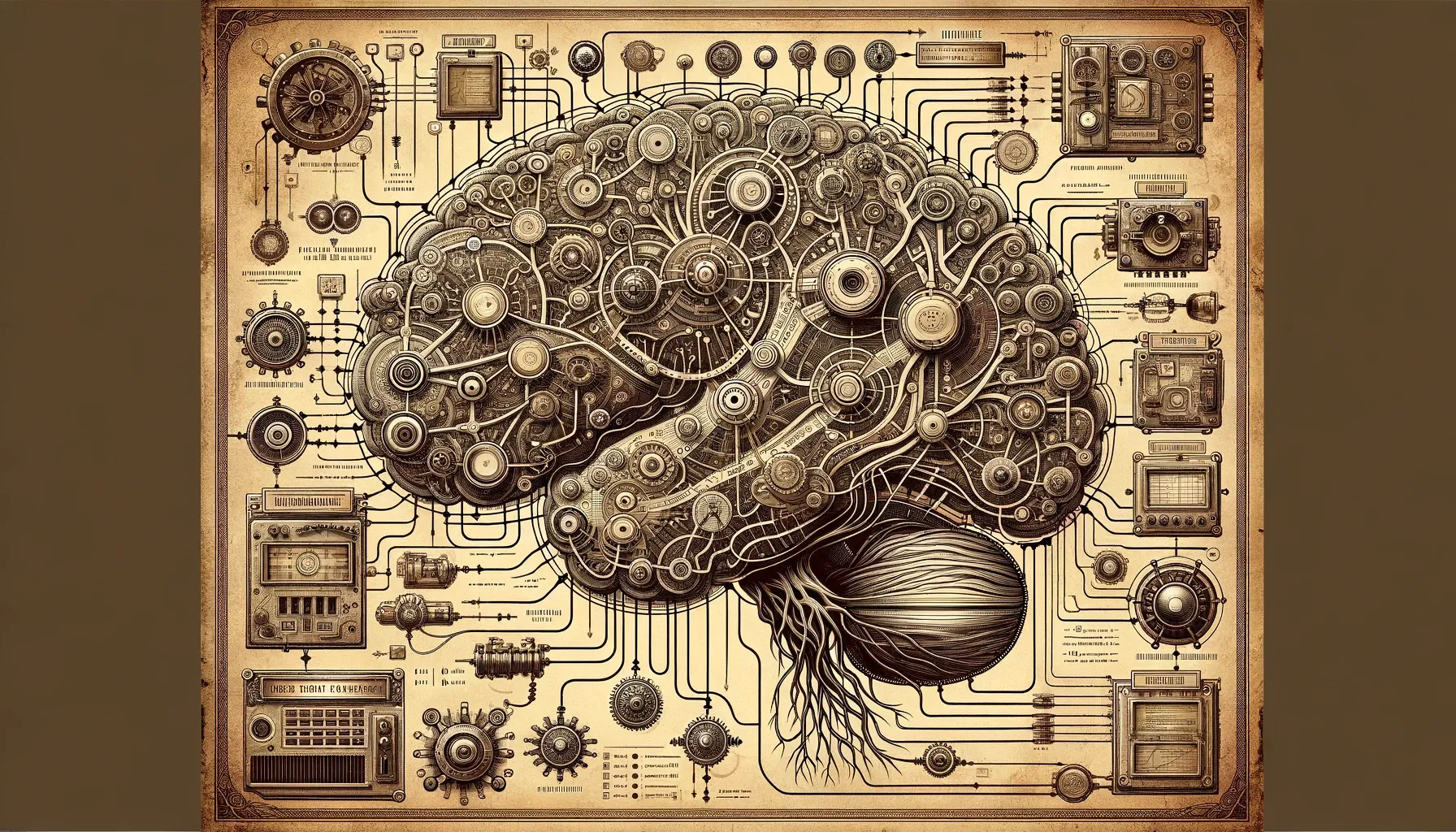The field of artificial intelligence (AI) is rapidly evolving, transitioning from simple command-based interactions to more sophisticated, autonomous agent behaviours. This progression from prompt engineering to agent engineering marks a crucial step in developing intelligent systems capable of comprehending and responding to dynamic, real-world situations. At Wexa, we leverage these advancements to streamline business processes, enhance operational efficiencies, and maintain a competitive edge. This article delves into the intricacies of agent engineering, outlining its methodologies, patterns, and practical applications, particularly in the context of platforms like Wexa.
The Evolution from Prompt Engineering to Agent Engineering
What is Prompt Engineering?
Prompt engineering involves crafting specific inputs to guide AI models in generating desired outputs. This process demands deep domain knowledge and a thorough understanding of the AI model’s behavior. Effective prompt engineering significantly improves the accuracy and relevance of AI-generated responses, making it a vital skill in developing AI applications.
The Limitations of Prompt Engineering
Despite its successes, prompt engineering has notable limitations:
- Bias and Accuracy: Poorly designed prompts can introduce biases and inaccuracies in the model's output.
- Flexibility: Prompts are often tailored for specific tasks, limiting the model’s adaptability to new scenarios.
- Scalability: Creating and testing effective prompts can be time-consuming, particularly for complex tasks.
Transition to Agent Engineering
Agent engineering takes AI interaction to the next level by designing agents that can operate autonomously and handle complex, multi-turn dialogues. These agents possess context retention, adaptive learning, and decision-making capabilities, enabling them to manage dynamic interactions effectively. At Wexa, agent engineering is pivotal in automating business processes, addressing inefficiencies, and bridging competency gaps.
Key Components of Agent Engineering
1. Multi-Turn Dialogue Management
Agents must handle multi-turn dialogues, maintaining context across multiple interactions. This involves:
- Context Retention: Keeping track of the conversation history to provide coherent and contextually relevant responses. Long term memory or shared memory between agents will play a crucial role in retaining the conversation.
- Adaptive Responses: Adjusting responses based on new information or changes in the user's queries. Decision centric prompts aide the control structure of auto-adjusting the response.
However, it is not necessary that Agents should be designed to talk to each other. For majority of the usecases, the way context is maintained between different agents matters the most. This also calls for a different thought process in designing systems.
2. Behavioral Patterns
Several patterns have emerged in agent engineering to enhance the capabilities of AI agents:
Cognitive Verifier Pattern
This pattern involves generating follow-up questions to clarify and refine the user's query, ensuring more accurate responses. For example, an agent recommending a workout routine might ask about health conditions, fitness level, and available equipment before providing a tailored plan.
Recipe Pattern
This pattern outlines a process or sequence of actions clearly and comprehensively. It involves breaking down complex tasks into manageable steps, identifying any missing or unnecessary actions, and providing a complete sequence for the user.
3. Contextual Memory Streams
Agents use memory streams to preserve the context of ongoing interactions. This involves concatenating responses from various agents or dialogue turns into a single memory log, which helps in maintaining the coherence of the conversation.
Business Process and Agent Engineering
Traditional business process management (BPM) has relied heavily on rigid, flow-based systems that struggle to keep pace with the rapidly changing needs of modern businesses. These systems, typically deployed using BPMN solutions, lack the adaptability and intelligence required to efficiently manage dynamic business environments. With agent engineering, intelligent agents operate autonomously and collaboratively to enhance business process management. Agent Engineering is very akin to business process management but with a 100% different approach.
Agent engineering involves deploying multi-agent flows where each agent acts as an autonomous coworker or copilot, capable of independently managing specific business processes. These agents leverage shared memory for seamless communication and coordination, allowing them to adapt quickly to changes in business needs. This flexibility ensures that processes are not only more efficient but also more resilient to disruptions, enabling businesses to remain agile and competitive.
One of the key advantages of multi-agent flows is their ability to learn and improve over time. Unlike traditional BPM systems that rely on static rules, intelligent agents can analyze real-time data, identify patterns, and make informed decisions autonomously. This capability significantly enhances the efficiency and accuracy of business operations. For example, in supply chain management, agents can dynamically adjust logistics and inventory management based on current demand and supply conditions, reducing delays and optimizing resources.
Challenges and Future Directions
Ethical Considerations
With the growing capabilities of AI agents, ethical considerations become paramount. Ensuring data privacy, avoiding biases, and maintaining transparency in AI interactions are critical challenges that need to be addressed.
Technological Advancements
Future advancements in AI technology will likely focus on improving the scalability and efficiency of agent engineering, making it more accessible and practical for various applications.
Conclusion
Agent engineering represents a significant leap forward in AI development, moving beyond the limitations of prompt engineering to create autonomous, context-aware agents capable of handling complex interactions. At Wexa, the integration of agent engineering principles into our platform directly enhances our ability to automate and optimize business processes, driving innovation and maintaining a competitive edge. As this field continues to evolve, it holds immense potential for transforming industries and enhancing human-AI interactions across various domains. By understanding and implementing the key components and patterns of agent engineering, we can unlock new possibilities and drive innovation in the AI landscape.
